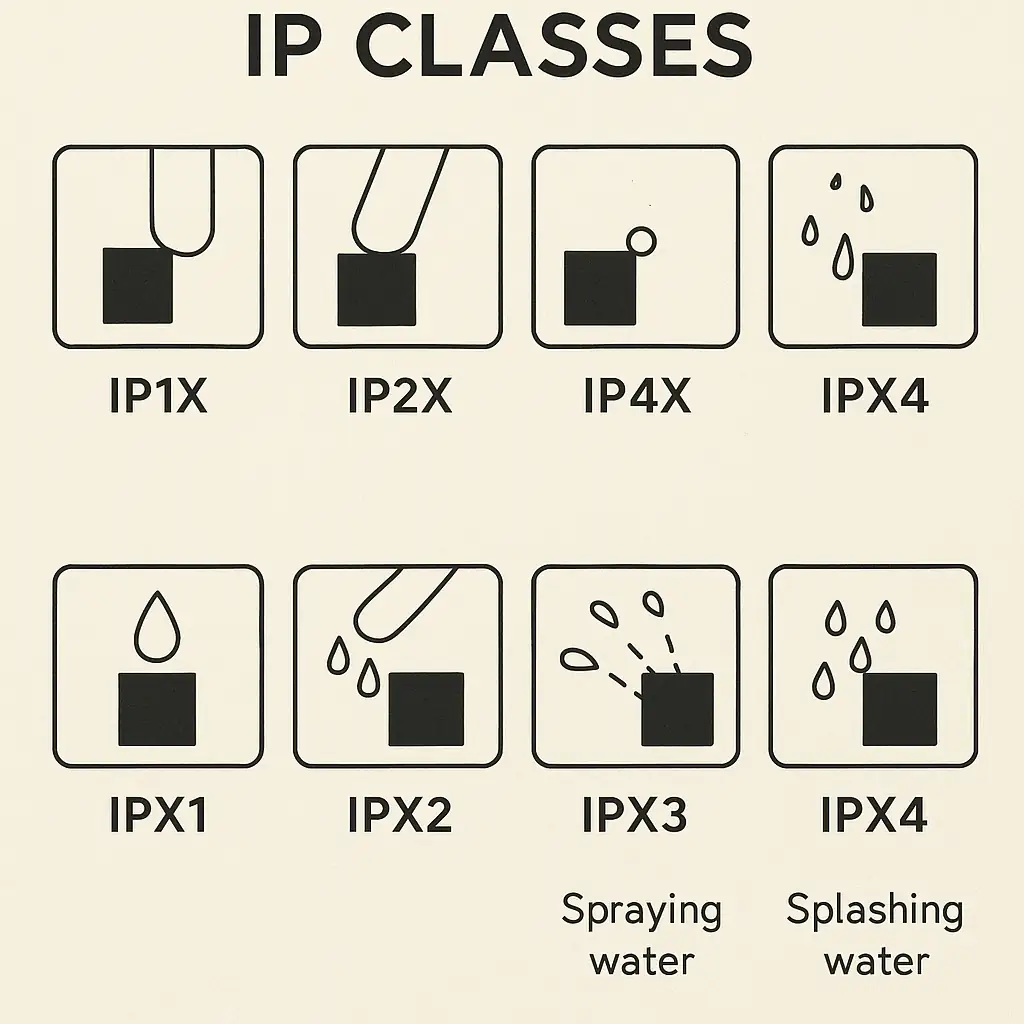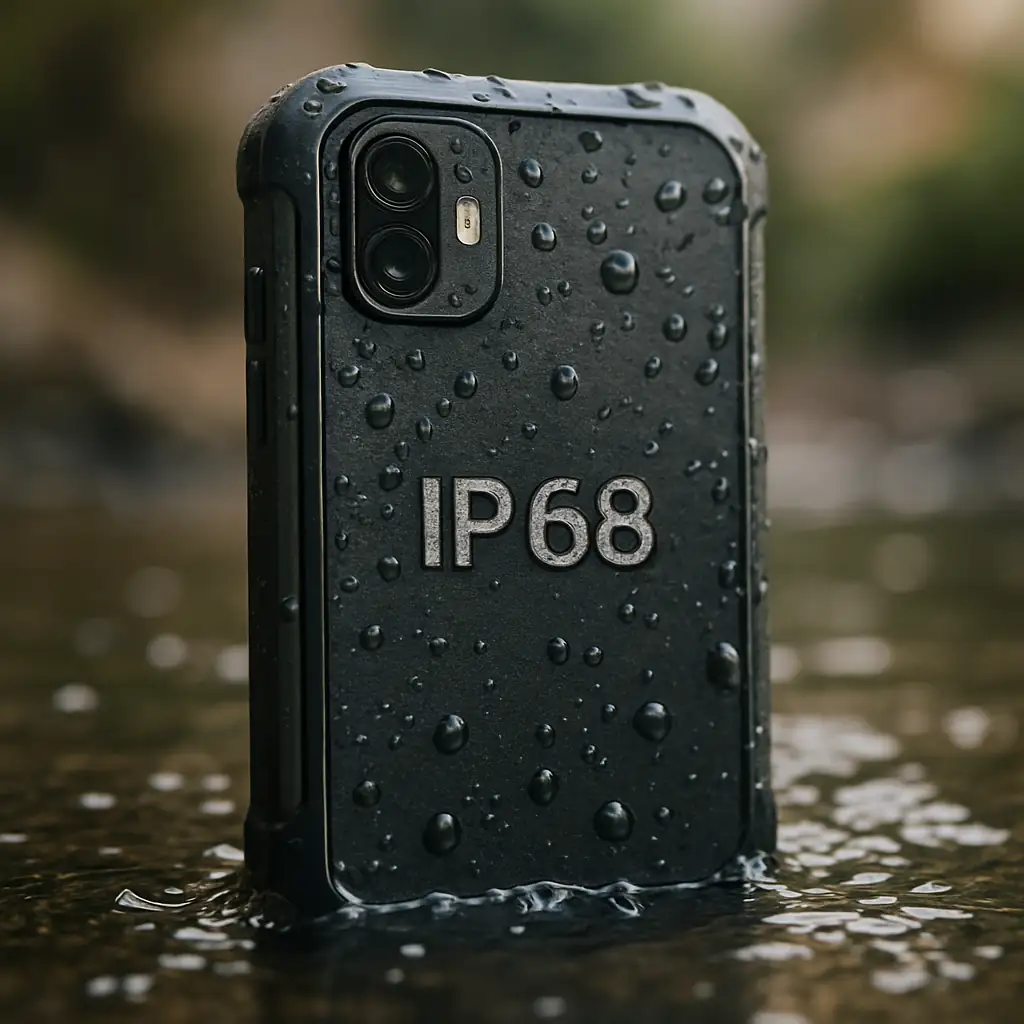When it comes to electronic and electrical devices, understanding how well they are protected against dust and water is crucial for safety and performance. The IP (Ingress Protection) rating system provides an international standard for expressing these levels of protection. Whether you’re an engineer, a consumer, or just curious about how your gadgets withstand the elements, knowing about IP classes can help you make informed decisions. In this guide, we’ll break down what IP ratings mean, detail each class, and help you match devices to the right protection levels.
Understanding the Basics: What Are IP Classes and Ratings?
IP classes, often referred to as IP ratings, define the degree of protection an enclosure provides against the intrusion of solid objects (like dust) and liquids (like water). Governed by the International Electrotechnical Commission (IEC) under standard IEC 60529, these ratings allow users to quickly understand how resilient a device is under certain environmental conditions. The “IP” in IP ratings stands for “Ingress Protection,” and is followed by two digits that indicate the level of defense.
The first digit in an IP rating describes the level of protection against solid particles, ranging from 0 (no protection) to 6 (completely dust-tight). The second digit denotes the resistance to liquids, starting from 0 (no protection) up to 9K (protection against high-pressure, high-temperature water jets). Sometimes, an “X” is used in place of a digit if the rating for that aspect hasn’t been determined.
Having an IP rating allows manufacturers and consumers to communicate clearly about the environmental resistance of products. This is especially important for devices used outdoors, in industrial settings, or anywhere moisture and dust could compromise performance or safety.
Breaking Down Each IP Class: From IP00 to IP69K
IP00 signifies that a device has no protection against contact or ingress of objects and liquids. This classification is rare for consumer devices, as it leaves equipment fully exposed. As we move up the scale, IP10 and IP20 indicate protection against larger solid objects—like fingers or tools—but still offer little or no water resistance, making them suitable for indoor, controlled environments.

Mid-tier ratings like IP44 and IP54 are common for devices that require moderate protection. IP44, for example, means a device is protected against solid objects greater than 1mm and water splashing from any direction. These are ideal for indoor appliances, power tools, and bathroom fixtures. As we ascend higher, IP65 and IP66 ratings provide dust-tight protection and resistance to water jets, suitable for outdoor lighting, security cameras, and industrial controls.
At the top tier, IP67 and IP68 ratings are seen in smartphones, smartwatches, and rugged outdoor equipment. These devices can withstand temporary immersion in water (IP67) or continuous immersion at specified depths (IP68). The highest, IP69K, is for equipment that needs to endure high-pressure, high-temperature water jets—such as vehicle wash-downs or food processing machinery. Each IP class addresses a unique combination of risks and use cases.
Device Categories Mapped to Relevant IP Ratings
Consumer electronics such as smartphones and smartwatches have increasingly adopted IP67 and IP68 ratings, catering to users who need their devices to survive accidental drops in water or dusty environments. Earbuds, fitness trackers, and Bluetooth speakers often feature ratings like IPX4 or IPX7, signifying splash and submersion resistance, respectively, but with varying dust protection.
Industrial and outdoor equipment require more robust protections. For example, industrial control panels, outdoor security cameras, and junction boxes commonly feature IP65 or IP66 ratings due to their exposure to dust and rain. On the other end, devices like desktop computers or home appliances might only have IP20 or IP22, as they are used indoors with minimal risk of water exposure.
Highly specialized devices—such as those used in food processing, mining, or automotive industries—often need IP69K protection to withstand rigorous cleaning processes and harsh environments. Mapping a device to its relevant IP class ensures it operates safely and reliably, extending its lifespan and performance.
Choosing the Right IP Class for Your Application
Selecting the appropriate IP rating hinges on understanding the device’s intended environment and usage conditions. For home use, an IP20 or IP22 rating may suffice, offering protection against accidental touch and small amounts of moisture. However, if a device is to be used in a bathroom or kitchen, higher ratings like IP44 or IPX4 are preferable for added splash resistance.
Outdoor and industrial applications demand higher standards. Devices exposed to dust storms, rain, or direct water jets—like outdoor lights, sensors, or factory equipment—should ideally be rated IP65 or above. For underwater applications, such as submersible pumps or pool lights, IP68 is the standard to ensure complete and continuous water protection.
Ultimately, balancing cost, performance, and environmental risks is key. Over-specifying an IP rating can increase costs unnecessarily, while under-specifying might lead to device failure. Always evaluate both solid and liquid risk factors for your scenario, and consult product datasheets or standards for guidance.
Understanding IP classes is essential for ensuring the longevity and reliability of electronic devices in various environments. By familiarizing yourself with the IP rating system and mapping device categories to the appropriate classes, you can confidently select products that meet your needs—whether for your home, outdoors, or industrial settings. Next time you shop for electronics or specify equipment, let the IP code guide your choices for safety and performance.


